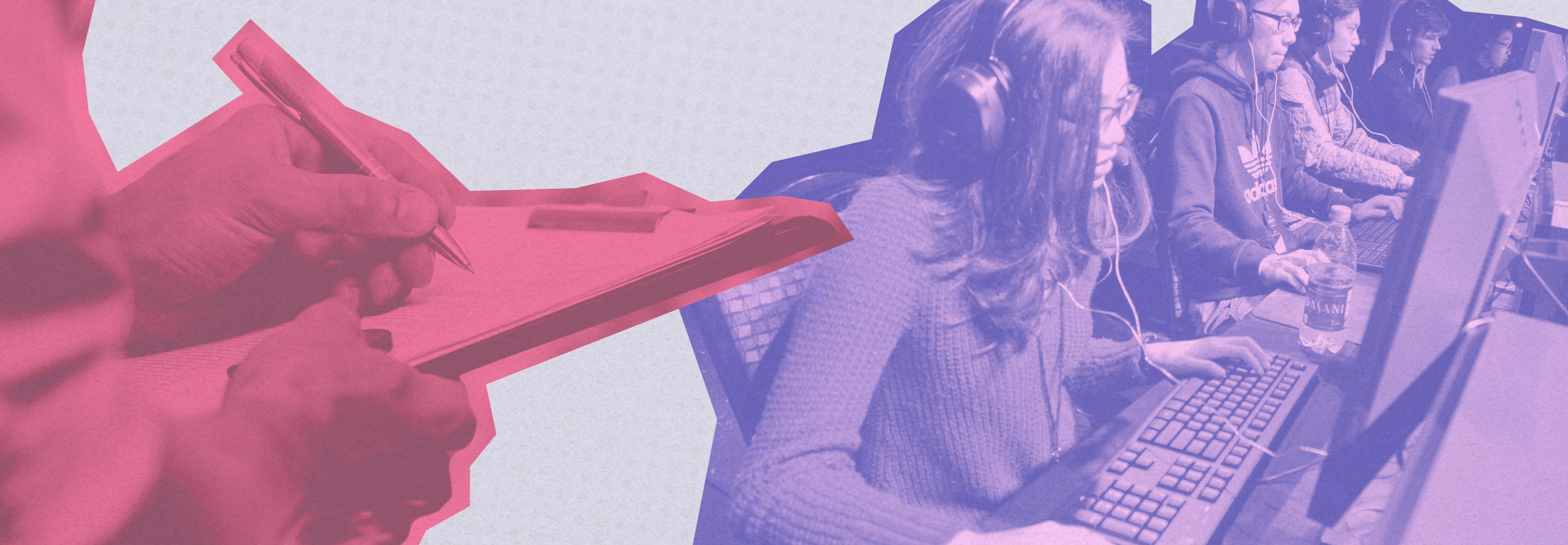
Help Your High School Esports Players Get Scouted By College
PlayVS Super Coaches discuss the best methods for getting your kids on the path to college.
The only way amateur esports can begin funneling much-needed talent into the ranks of North American pros is with an excessive focus on the process of scouting, recruitment and player development at the collegiate level. That’s a fundamental purpose of coaches in athletics departments across the nation, and as more and more colleges add esports to their athletic portfolios, the time is ripe for getting your high school players noticed.
In all likelihood if your high school’s program has made it into its second year (or further), there are some standout students asking about how to be recruited. Creating social media highlights and streaming big matches might be a no-brainer, but worth mentioning. And as player development continues, a crucial component to getting high school esports athletes on path to recruitment is empowering them to become In-Game Leaders (IGLs).
Player development comes in many phases, from buy-in to practicing new skills to – if they’re good enough – recruitment tactics. With no player agents in esports per se, as with other varsity sports, the onus is on the coaches to ensure all the opportunities are there for high-ranking players.
“We're always looking for key strategies, comps, new moves to pull off, which characters and champions help us formulate overall winning strategies for maps selection,” said Super Coach Jon Alfred. “That is the granular level at which I go into with players who want a future in esports.”
Reaching out to local colleges and bookmarking recruitment portals for colleges who have scholarship money available is another way to keep your recruitment wheels turning throughout the course of a busy semester. And, with parents weighing heavily into the decisions following high school graduation, it’s no wonder to get them involved early and often.
“We are not just pitching programs on the shoulders of playing in esports, but ‘here’s everything around it that makes things tick,’ said Dr. John Price of Henderson State Esports. He points out STEM-minded education and logistics training as two of many learning programs that couple with being an esports player. “And those are things that get parents and administrations interested, along with other faculties wanting to get involved,” he said.
With most collegiate teams running an active Discord, that’s prime real estate for making introductions on behalf of your graduating seniors. And in case they have a campus facility or two open it wouldn’t be out of line to ask for an opportunity to bring your players.
“During normal times, check into school districts who have added esports as a secondary education varsity sports,” said Price. “Participate in their activities, find those high schools and get in front of them as a way to be proactive. The future of this is both sides working together and creating connections.”
For more information on best practices for your esports program, you can register for our next Coach’s Clinic right here.